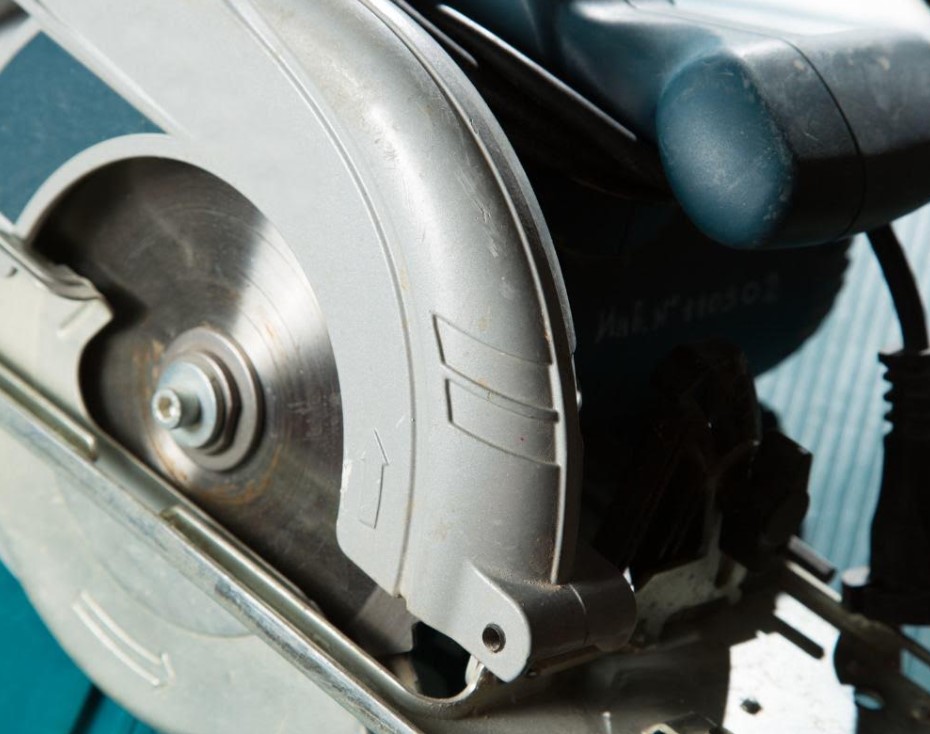How Do Angle Grinders Compare with Other Tools?

As a DIY enthusiast or a professional tradesperson, you might be curious about the vast array of power tools available for different tasks. In this article, we will focus on angle grinders and compare them with other popular tools.
Angle Grinders: A Closer Look
An angle grinder is a versatile handheld power tool primarily used for cutting, grinding, and polishing a variety of materials. Common applications include metalworking, construction, and automotive repair. There are three main types of angle grinders: corded, cordless, and pneumatic.
Comparison of Angle Grinders with Other Power Tools
Let’s dive into the comparison between angle grinders and other power tools.
Bench Grinders
Bench grinders are stationary tools designed for sharpening, grinding, and polishing materials. Unlike angle grinders, they are mounted to a workbench and typically have two grinding wheels. While bench grinders excel at sharpening tools and shaping materials, angle grinders offer greater mobility and versatility.
Circular Saws
Circular saws are powerful cutting tools that utilize a round, toothed blade to cut through wood, metal, and plastic. Although both angle grinders and circular saws can make straight cuts, circular saws offer more precision and cleaner cuts. Angle grinders, on the other hand, are better suited for rough cuts and grinding tasks.
Oscillating Multi-Tools
Oscillating multi-tools are versatile tools that use a side-to-side oscillating motion for various applications (such as cutting, sanding, and scraping). While they offer more precision and control, they generally lack the power and speed of angle grinders. Angle grinders excel at heavier-duty tasks and can remove material more quickly.
Factors to Consider When Choosing a Tool
When selecting the appropriate tool for your project, consider the following factors:
Material and Application
Think about the materials you’ll be working with and the desired outcome. For instance, angle grinders are ideal for cutting and grinding metal while circular saws are better suited for woodworking.
Power Source and Mobility
Corded tools typically offer more power but limit mobility, while cordless tools provide greater freedom of movement but may require frequent battery changes. Pneumatic tools, powered by compressed air, strike a balance between power and mobility but require an air compressor.
Budget and Cost-Effectiveness
Consider the initial cost of the tool, as well as ongoing maintenance and consumable expenses, such as blades or discs.
Safety and Ease of Use
Choose a tool that you feel comfortable and confident using. Familiarize yourself with its safety features and proper handling techniques.
Tool Lifespan and Maintenance Requirements
Choose a high-quality, durable tool that requires minimal maintenance to maximize its lifespan.
Selecting the Right Attachments and Accessories
Angle grinders can be used with a variety of discs for different tasks. Here are some factors to consider when choosing the right attachments and accessories:
Types of Discs for Angle Grinders
According to the experts at Devour Tools (https://devourtools.com/), there are several types of discs available including cutting discs, grinding discs, flap discs, and wire brushes. It is important to ensure that you choose the right angle grinder blade or disc for the job in question.
Compatibility with Other Tools
Check whether the attachments and accessories you plan to use are compatible with your angle grinder or other power tools. Always refer to the manufacturer’s recommendations and guidelines.
Factors Affecting Disc Selection
When choosing a disc, consider the material you will be working with, the desired finish, and the disc’s durability. Also, remember that the disc diameter should correspond to the maximum disc size specified by your angle grinder’s manufacturer.
In conclusion, angle grinders offer unique capabilities compared to other power tools, making them a valuable addition to any tool collection.


